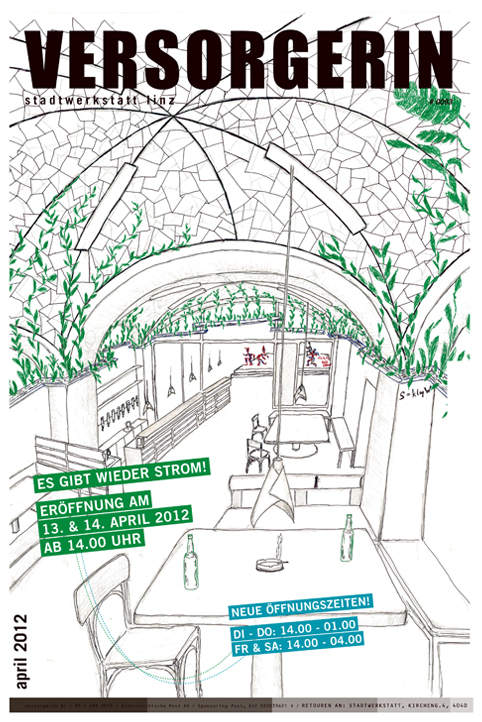Was it always clear to you that you would go into fashion? Where does your passion come from?
Until adolescence, it was obvious. Then I wanted to be a journalist and lawyer, and later I started a masters of law of firms in difficulty but it is precisely during this year I decided to get refocused and started my school mode.
From where do you take your inspirations?
Well from everything, from everyone from travels, encounters, music, I’m like a sponge and everything is unconsciously recorded in my mind and once I have to create a new collection, everything pops out just when I need it.
Who was/is your biggest influence in fashion, your idols in the fashion business?
In Senegal: Cheikha, Ndiaga Diaw, Claire Kane. Internationally: Definitely Manish Arora, he’s a genius to me, then Vivienne Westwood, Junya Watanabe, Sonia Rykiel etc.
What are your musical influences?
Well I like to say that I found love in rap music and then I found God in Rock ‘n‘ Roll! So I listen to both genres and particularly to indie, psychedelic, alternative rock bands like Deerhunter, Atlas Sound and hip hop jazz with bands like A Tribe Called Quest.
Can you describe shortly the young fashion and art scene in Dakar?
The fashion scene is crowded and talented. We are all like little children trying to find our way in this industry without a real path or cadre. You have to create your own way.
And it is maybe a strenght because only the more talented or motivated will succeed in living their dream and living from it.
What makes Dakar a special place in doing art, especially fashion?
Well Dakar is free. What impressed me in this city is that you can make inordinate events, street fashion shows without excessive protocol or unjustified administrative barriers. It is a city where everything can be organized rather quickly when it is authorized and it is inestimable for artistic expression.
Your biggest success so far?
Working with Kamel Ouali for the Panaf in Algeria was a huge honor. Then my fashion show in Unesco. And finally, graduating my fashion school .
What significance does your African/Senegalese identity have for your creations?
Well I’m African and Senegalese, I grew up in Senegal. So there are a lot of references in shapes, patterns, in the spirit of my clothing line that my identity dictates to me in my work. It is a strength.
For whom do you design?
For men and women who want to stand out and wear clothes that express their free spirit.I think that the criterion of age is no longer relevant because I‘ve had clients from 15 to 60 years.
Their point in common was this need to break the uniformity of the modernwardrobe and add a touch that symbolizes their particularity.
You are working in Paris and Dakar. Is it important for your work to have the influences of both continents?
It is crucial. It is highly important for me to leave, to go travel the world and let the sponge operate. And each time it is like a bowl of fresh air for my creativity.
What is your hope for Senegal for the future, can art bring change?
Art has already brought change, the recent events in the country have proved it. My greatest hope is to participate in the reorganization of the textile and clothing industry then create distribution chains of local fashion, organize them so that young artists like me can put their product on sale, in a standardized way.
»You have to create your own way«
Interview mit Selly Raby Kane, Modedesignerin aus Dakar (Senegal)
